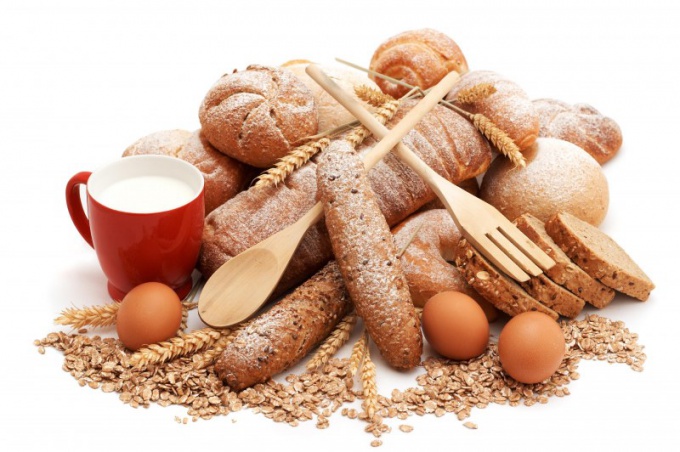You will need
- 80 g flour;
- 40 ml of warm water;
- 1/4 teaspoon of dry yeast.
Instruction
1
Prepare your kitchen before you begin cooking the dough. Bread does not like drafts, so check that the vents were closed.
2
Pour 40 ml of warm water (water temperature of 27-38 degrees) in a small bowl or pan. Mix in the prepared water, dry instant yeast. Carefully mix the yeast with the water and ensure they are completely dissolved, without leaving any specks. Gently add to the bowl pre-sifted flour and knead a rather sticky but very soft dough.
3
Future put the dough in a small bowl. Cover with cling film and leave in a warm place for 1-2 hours. During this time the dough will increase in size about two times and will become porous, malleable structure. Do not put the bowl of dough near selenophori products, otherwise the dough may absorb the smell.
4
Take the prepared dough. Put it in a bowl or pan of large size. Add to the bowl with the dough a little bit warm (40 degrees) water and stir all very well with a wooden spatula or spoon. The dough is ready. You can begin the preparation of the dough for future bread.
Note
Ensure that the temperature of the water in which you dissolve the yeast does not exceed 40 degrees. Otherwise the yeast will die and the dough will not work. If you are using live yeast, sure that they were fresh, light, with a pleasant yeasty smell. Using dry yeast, choose those that are marked "active". Flour be sure to sift carefully before adding to the dough. So it will be filled with oxygen, and the baked bread will be fluffy and airy.
Useful advice
To be sure that the dough is ready, let's see if she's covered with little air bubbles. If the dough is still insufficiently porous, leave the dough for some time in a warm place. To speed up the fermentation process of the dough, add a little more dry yeast than specified in the recipe.
